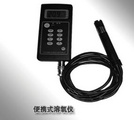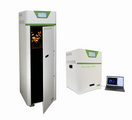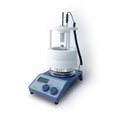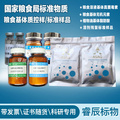CIRAS-4光合仪搭载全新红绿蓝白-远红光LED光源
众所周知,光是光合作用的基础。光合作用必须在光下进行。因此光源是光合仪最重要的配置之一。
1992年,第一代CIRAS-1问世时,受当年光源类型的限制,搭载的光源为白色卤钨灯光源,优点是光质更接近自然光,缺点是能耗高,电池支撑时间较短,同时由于发热量高,叶室的温度控制更难;
1999年,CIRAS-2问世时,搭载的光源为红白LED光源,能耗低,同时配有储电量更高的镍氢电池。轻松满足田间8小时的操作。
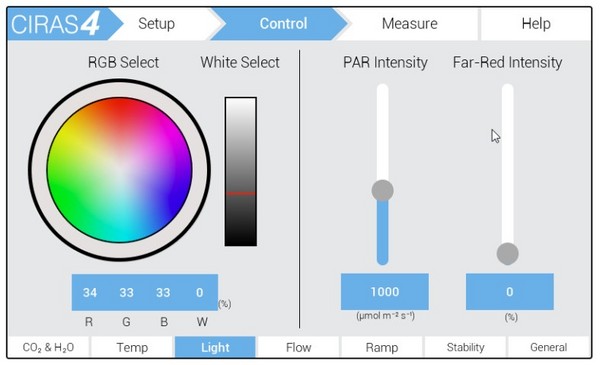
2012年,CIRAS-3搭载红绿蓝白LED光源,开启了光质对光合影响的研究时代!到目前为止,全球有且只有两款光合仪能够具备光质研究的红绿蓝白LED光源。
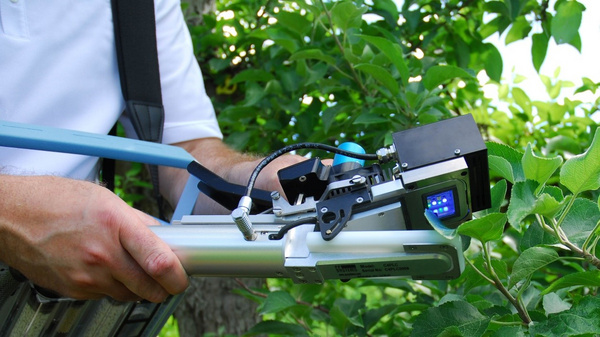
2022,全新的CIRAS-4搭载红绿蓝白-远红光LED光源,让光质更接近自然光。把对光质的研究带入了新高度。
红光波峰:625nm+/-5nm,半峰宽15nm
绿光波峰:528nm+/-8nm半峰宽40nm
蓝光波峰:475nm+/-10nm半峰宽28nm
白光波长:425-650nm
远红光波峰波长:730±10 nm
复合光自动控光范围大于0-2500μmol· m-2· s-1
任意单色光控光范围:0-2500μmol· m-2· s-1
远红光为什么这么重要?
远红光(700-750 nm)的光子通量约为太阳光中PAR (400-700 nm) 光子通量的18%。在林下条件下,远红光占光子通量的比例更高。
最近的研究表明,700-750nm的远红光具有光合作用活性。相同的光照强度下,阳光下的光合速率与使用不包括远红光(例如,白色或红色/绿色/蓝色LED)的光源进行光合作用测定相比,不含远红光的光源将导致较低的光合速率。在测定实验材料光合速率期间,CIRAS-4具有控制光源中远红光比例的能力,可以更精准地模拟自然太阳光或林下的光照情况,从而测得更为真实可靠的光合数据。
远红光对光合影响的文献已有一些,更多的文献需要由尊敬的客户您来添加!
参考文献
Zhen, S., M.W. van Iersel, and B. Bugbee. 2022 Photosynthesis in sun and shade: the surprising importance of far-red photons. New Phytologist. https://doi.org/10.1111/nph.18375.
Zhen, S., M.W. van Iersel, and B. Bugbee. 2021 Why far-red photons should be included in the definition of photosynthetic photons and the measurement of horticultural fixture efficacy. Frontiers in Plant Science 12:693445. https://doi.org/10.3389/fpls.2021.693445.
Zhen, S. and M.W. van Iersel. 2019. Far-red light enhances photochemical efficiency in a wavelength-dependent manner. Physiologia Plantarum 167:21-33. https://doi.org/10.1111/ppl.12834.
Zhen, S. and M.W. van Iersel. 2017. Far-red light is needed for efficient photochemistry and photosynthesis. Journal of Plant Physiology 209:115-222. https://doi.org/10.1016/j.jplph.2016.12.004.
Zhen, S. and Bugbee, B. (2020). Far‐red photons have equivalent efficiency to traditional photosynthetic photons: Implications for redefining photosynthetically active radiation. Plant, cell & environment, 43(5), 1259-1272.
Zhen, S., and Bugbee, B. (2020). Substituting far-red for traditionally defined photosynthetic photons results in equal canopy quantum yield for CO2fixation and increased photon capture during long-term studies: Implications for re-defining PAR. Frontiers in Plant Science, 1433.




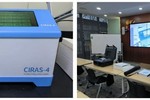

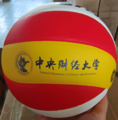

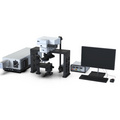
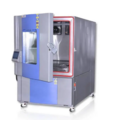
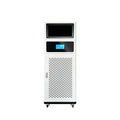
![聚酰胺粉 [柱层析用,高分离性能] 60-100目/80-120目/100-200目](https://p-06.caigou.com.cn/135x120/2024/7/2024071513085253637.jpg)
